Elastomeric Sealants Size
Elastomeric Sealants Market Growth Projections and Opportunities
The anticipated size of elastomeric sealants market by 2030 is projected to clock more than USD 6.68 billion with 6.22% CAGR throughout the forecast period from 2021 to 2030.
A number of significant issues impact the Elastomeric Sealants Market and this determines its dynamics and growth trajectory. One of the main factors influencing it is expanding construction sector where elastomeric sealants are widely applied. Urbanization, which continues to increase globally, results in an increase in construction activities thereby enhancing demand for flexible and durable sealants. Elastomeric sealants become crucial in ensuring longevity or robustness of structures since they have the ability to accommodate joint movements while enduring various weather conditions.
Furthermore, technological advancements and innovations in elastomeric sealants play a role in market expansion as well. Formulations that possess superior properties such as enhanced adhesion and chemical resistance have been continuously developed by manufacturers. This not only facilitates but also promotes competitiveness among players within this sector thus resulting into continuous introduction of new improved solutions that stimulate growth while providing customers with greater choices.
Besides that, automotive sector has influenced elastomeric sealants industry greatly. Sealant usage in areas such as bonding, sealing and gasketing are key applications for automotive industry. This leads to the increased global vehicle manufacturing coupled with rising need for high performance long lasting sealants drive market expansion furthered by stringent regulations on vehicle emissions and safety standards which necessitate development of advanced elastomeric sealant formulations.
Market dynamics are driven by environmental concerns as well as sustainability factors too. Increasing focus on eco-friendly practices is driving demand for adhesives that do not contain any harmful components neither do they pollute environment significantly. Consequently, manufacturers are developing bio-based or low VOC (volatile organic compound) elastomeric sealants reflecting changing preferences among green-conscious consumers.
Regional aspects also shape market dynamics, as different areas exhibit specific trends and preferences. For example, regions that experience extreme weather conditions might emphasize elastomeric sealants with superior resistance to temperature fluctuations. Conversely, in areas where there is a strong manufacturing sector, the demand for efficient bonding and sealing sealants in industrial settings may be higher.
Even though the elastomeric sealants market is hardly affected by economic forces like inflation rates, exchange rates and whether it is economically stable or not. Decreases in economic activities such as less construction and infrastructure projects can result in decreased demand for use of elastomeric sealants. In contrast, economic prosperity coupled with increased investments into housing and infrastructure developments will enhance market growth.
Another way this industry is evolving is through competitive landscape and industry collaborations which are important factors which have shaped its development over time. Market dynamics can change dramatically when major players form strategic partnerships or engage in mergers and acquisitions that influence product offerings. Leading firms focus on research & development so as to stay ahead of competition by providing innovative solutions for specific industry needs.
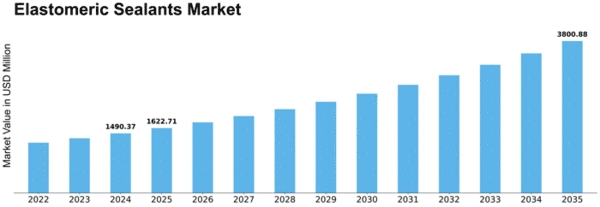


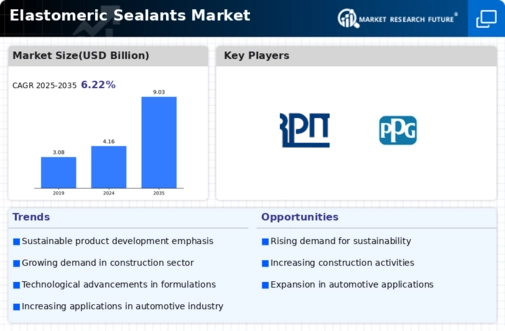
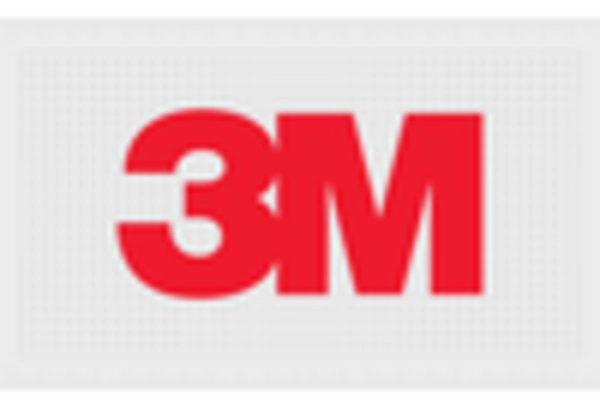
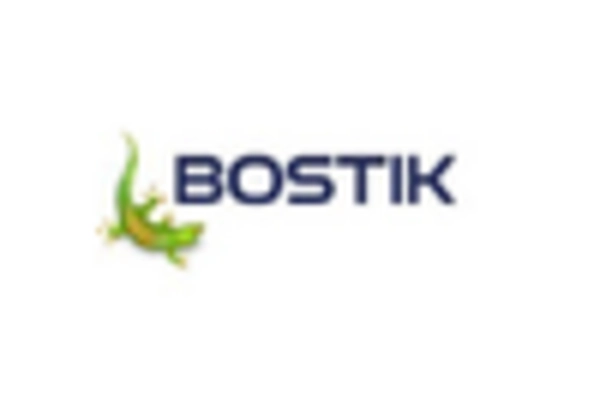
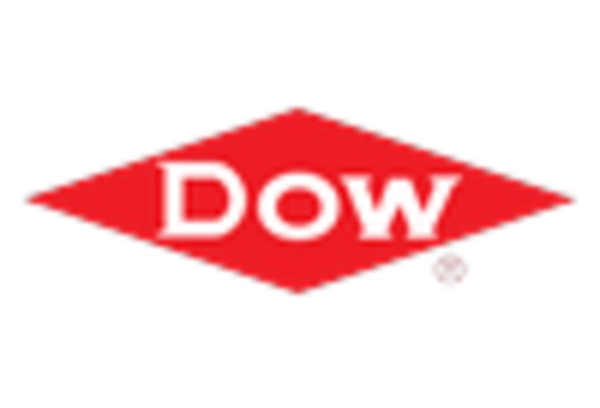
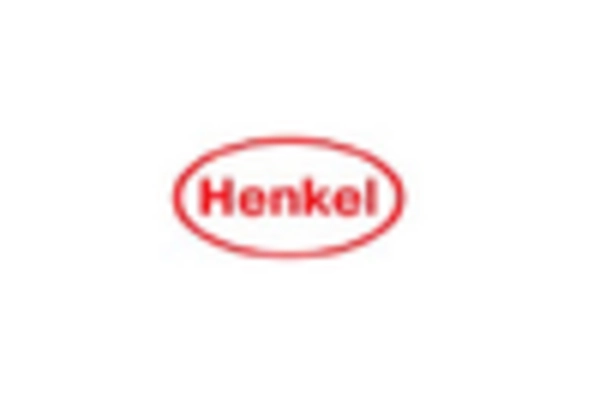
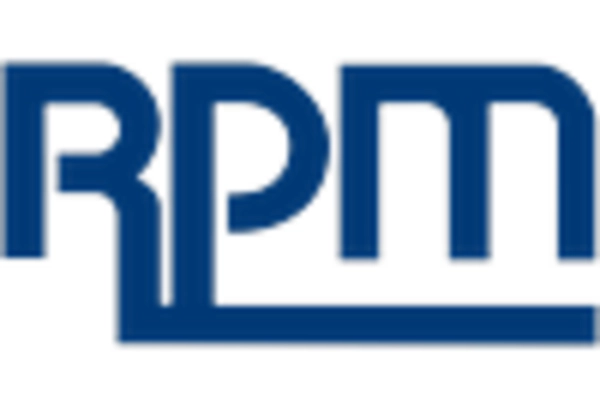










Leave a Comment